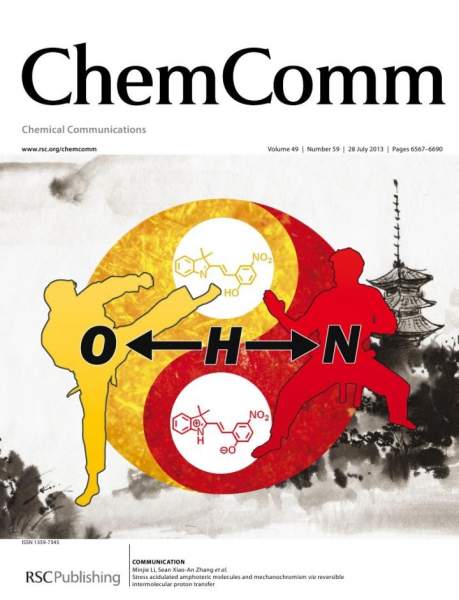In the past decade, the consumption of fossil fuels has increased sharply, and the conversion of renewable biomass into chemicals and fuels has attracted more and more attention. Catalytic hydrodeoxygenation (HDO) of lignin has always been a research hotspot, and vacancy engineering is a new way to develop efficient catalysts. Oxygen vacancy and sulfur vacancy are widely used in heteropoly acids. Oxygen vacancies were first proposed in the 1860s. Researchers found that oxygen vacancies can be used as reaction sites to change the structure of materials and the electronic and chemical properties of surfaces. Recently, metal oxides have been proved to be effective HDO catalysts due to their redox properties. The catalytic activity of MoO3, which is excellent in the catalysis of lignin model compounds, depends on the surface coordination unsaturated Mo site (oxygen vacancy). As another anion vacancy, sulfur vacancy is widely used in two-dimensional material MoS2. It can improve the disadvantages of low density of MoS2 active sites and inert substrate, so as to improve the catalytic performance. Traditional MoS2 catalysts usually add second Metals Co and Ni, which can reduce the binding energy of sulfur at the edge of MoS2 and increase the vacancy concentration, so as to improve the performance of the catalyst.
In HDO reaction, anionic vacancy can be used as the active site of the interaction between oxygen atom and catalyst surface. The most typical anionic vacancy is sulfur vacancy and oxygen vacancy. Previous studies have proved that the construction of vacancy has a positive impact on the catalyst itself and reaction, indicating that vacancy engineering is the direction that can be explored in the modification of HDO catalyst in the future, but the specific mechanism of vacancy in catalysis needs to be further studied.
 In view of this, Jina research group of the school of environment, Tianjin University discussed in detail the application of vacancy engineering in transition metal sulfide and oxide catalysts in the hydrodeoxygenation reaction of lignin derived oxygenates. There are three main influencing factors in this process: < strong > 1) the design method of oxygen vacancy and the effect of hydrodeoxygenation; 2) Design method of sulfur vacancy and hydrodeoxidation effect; 3) Vacancy characterization technology < / strong >. Based on the current research status of vacancy in lignin field, this paper summarizes the design method of vacancy and the influence of vacancy on reaction and catalyst, and summarizes the characterization technology of vacancy, so as to provide effective ideas for in-depth analysis of the action mechanism of vacancy in this field. In addition, the application of vacancy engineering in the hydrodeoxygenation of lignin derived oxygenates is prospected.
In view of this, Jina research group of the school of environment, Tianjin University discussed in detail the application of vacancy engineering in transition metal sulfide and oxide catalysts in the hydrodeoxygenation reaction of lignin derived oxygenates. There are three main influencing factors in this process: < strong > 1) the design method of oxygen vacancy and the effect of hydrodeoxygenation; 2) Design method of sulfur vacancy and hydrodeoxidation effect; 3) Vacancy characterization technology < / strong >. Based on the current research status of vacancy in lignin field, this paper summarizes the design method of vacancy and the influence of vacancy on reaction and catalyst, and summarizes the characterization technology of vacancy, so as to provide effective ideas for in-depth analysis of the action mechanism of vacancy in this field. In addition, the application of vacancy engineering in the hydrodeoxygenation of lignin derived oxygenates is prospected.
The related research results "Lignin-derived oxide hydrodeoxy transition metal sulphide and oxide catalyst vacancy engineering" have been published in the internationally renowned journal ChemSusChem (if: 8.928) and selected as the cover paper. The first author of the article is Jiang Sinan, a graduate student of the School of Environment, and the corresponding author is Professor Ji Na.
Professor Ji Na's team has long been committed to the catalytic conversion of biomass to biofuels and chemicals, and in recent years, she has published more than 70 SCI research papers in international high-level academic journals, including 10 cover papers and 28 H-index indexes. Includes: Angew. Chem. Int. Ed., ACS Catalysis, Applied Catalysis B: Environmental, ChemSusChem, Green Chemistry, Journal of Catalysis, Journal of Energy Chemistry, Renewable & Sustainable Energy Reviews, ACS Sustainable Chemistry & Engineering and other internationally renowned journals, the total citation rate of papers is more than 2,000 times.
(Editors: Hao Linge, Wang Yunchong)





